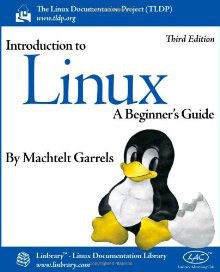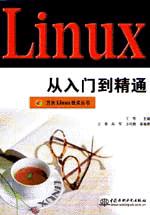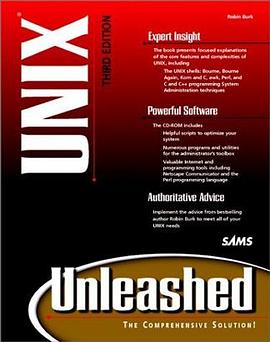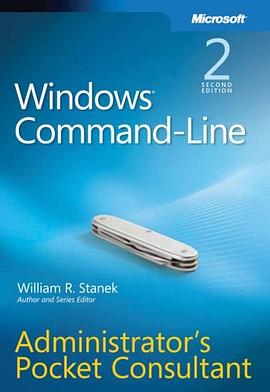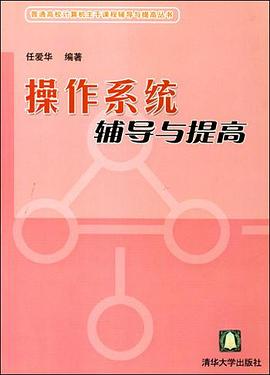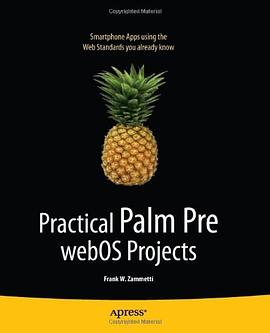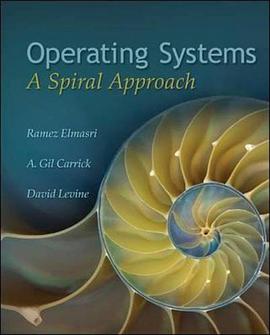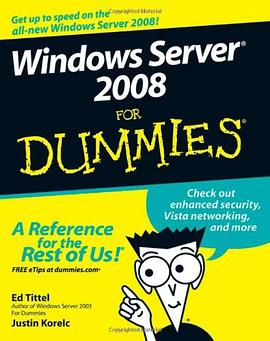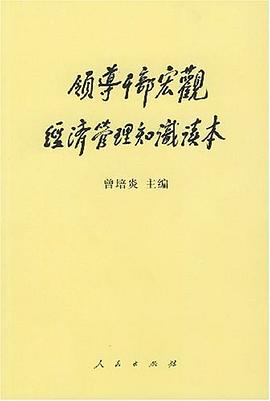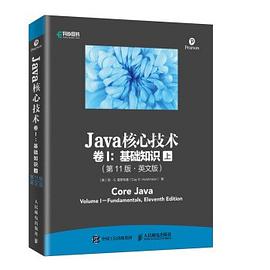Introduction
1. Why this guide?
2. Who should read this book?
3. New versions and availability
4. Revision History
5. Contributions
6. Feedback
7. Copyright information
8. What do you need?
9. Conventions used in this document
10. Organization of this document
1. What is Linux?
1.1. History
1.2. The user interface
1.3. Does Linux have a future?
1.4. Properties of Linux
1.5. Linux Flavors
1.6. Summary
1.7. Exercises
2. Quickstart
2.1. Logging in, activating the user interface and logging out
2.2. Absolute basics
2.3. Getting help
2.4. Summary
2.5. Exercises
3. About files and the file system
3.1. General overview of the Linux file system
3.2. Orientation in the file system
3.3. Manipulating files
3.4. File security
3.5. Summary
3.6. Exercises
4. Processes
4.1. Processes inside out
4.2. Boot process, Init and shutdown
4.3. Managing processes
4.4. Scheduling processes
4.5. Summary
4.6. Exercises
5. I/O redirection
5.1. Simple redirections
5.2. Advanced redirection features
5.3. Filters
5.4. Summary
5.5. Exercises
6. Text editors
6.1. Text editors
6.2. Using the Vim editor
6.3. Linux in the office
6.4. Summary
6.5. Exercises
7. Home sweet /home
7.1. General good housekeeping
7.2. Your text environment
7.3. The graphical environment
7.4. Region specific settings
7.5. Installing new software
7.6. Summary
7.7. Exercises
8. Printers and printing
8.1. Printing files
8.2. The server side
8.3. Print problems
8.4. Summary
8.5. Exercises
9. Fundamental Backup Techniques
9.1. Introduction
9.2. Moving your data to a backup device
9.3. Using rsync
9.4. Encryption
9.5. Summary
9.6. Exercises
10. Networking
10.1. Networking Overview
10.2. Network configuration and information
10.3. Internet/Intranet applications
10.4. Remote execution of applications
10.5. Security
10.6. Summary
10.7. Exercises
11. Sound and Video
11.1. Audio Basics
11.2. Sound and video playing
11.3. Video playing, streams and television watching
11.4. Internet Telephony
11.5. Summary
11.6. Exercises
A. Where to go from here?
A.1. Useful Books
A.2. Useful sites
B. DOS versus Linux commands
C. Shell Features
C.1. Common features
C.2. Differing features
Glossary
Index
List of Tables
1. Typographic and usage conventions
2-1. Quickstart commands
2-2. Key combinations in Bash
2-3. New commands in chapter 2: Basics
3-1. File types in a long list
3-2. Subdirectories of the root directory
3-3. Most common configuration files
3-4. Common devices
3-5. Color-ls default color scheme
3-6. Default suffix scheme for ls
3-7. Access mode codes
3-8. User group codes
3-9. File protection with chmod
3-10. New commands in chapter 3: Files and the file system
3-11. File permissions
4-1. Controlling processes
4-2. Common signals
4-3. New commands in chapter 4: Processes
5-1. New commands in chapter 5: I/O redirection
7-1. Common environment variables
7-2. New commands in chapter 7: Making yourself at home
8-1. New commands in chapter 8: Printing
9-1. New commands in chapter 9: Backup
10-1. The simplified OSI Model
10-2. New commands in chapter 10: Networking
11-1. New commands in chapter 11: Audio
B-1. Overview of DOS/Linux commands
C-1. Common Shell Features
C-2. Differing Shell Features
List of Figures
1. Introduction to Linux front cover
1-1. OpenOffice MS-compatible Spreadsheet
2-1. Terminal window
2-2. Konqueror as help browser
3-1. Linux file system layout
3-2. Hard and soft link mechanism
4-1. Fork-and-exec mechanism
4-2. Can't you go faster?
4-3. Gnome System Monitor
8-1. Printer Status through web interface
9-1. Floppy formatter
10-1. Evolution mail and news reader
10-2. X-Chat
10-3. SSH X11 forwarding
11-1. XMMS mp3 player
· · · · · · (
收起)
